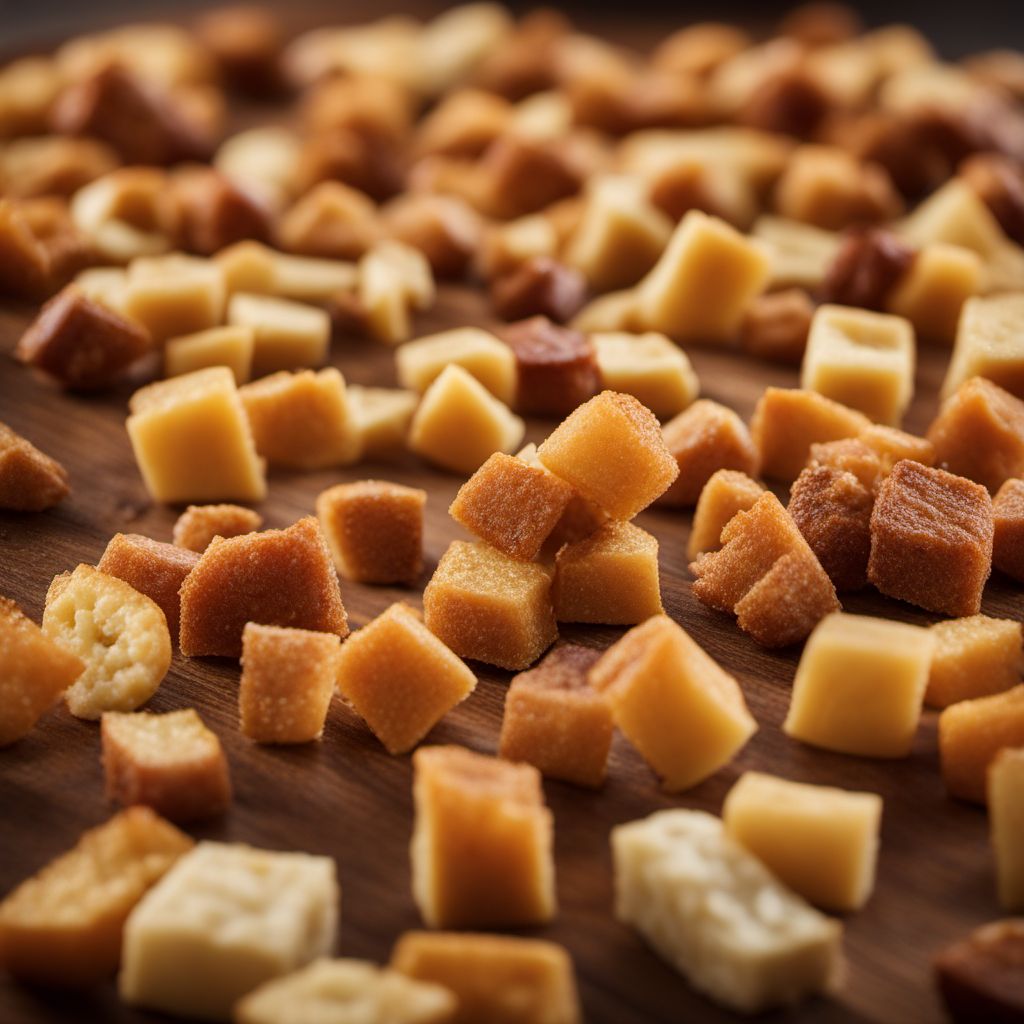
Ingredient
Croutons
"Crunchy Delights: Exploring the World of Croutons"
Croutons are small, toasted bread cubes that are typically made from day-old bread. They have a crunchy texture on the outside, while remaining slightly soft on the inside. These bite-sized morsels come in various shapes and sizes, ranging from small cubes to larger, irregular pieces. Croutons can be seasoned with herbs, spices, or cheese, enhancing their taste and making them a delightful accompaniment to salads, soups, and even pasta dishes. Their golden brown color and irresistible crunch make them a visually appealing and satisfying addition to any meal.
Origins and history
The origin of croutons can be traced back to France, where they were initially used as a way to repurpose stale bread. The word "crouton" is derived from the French word "croûte," meaning crust. Croutons gained popularity in the 19th century and became a staple in French cuisine. Over time, they spread to other culinary traditions and are now enjoyed worldwide.
Nutritional information
Croutons are relatively high in calories, with around 100 calories per ounce. They are a good source of carbohydrates and provide a small amount of protein. However, they are not particularly nutrient-dense and should be consumed in moderation.
Allergens
Croutons typically contain wheat, making them unsuitable for individuals with gluten intolerance or wheat allergies.
How to select
When selecting croutons, look for ones that are uniformly toasted and have a golden brown color. Avoid croutons that appear overly dark or have a burnt smell, as they may taste bitter. Additionally, opt for croutons that are free from any signs of moisture or sogginess, as this indicates staleness.
Storage recommendations
To maintain the freshness and crispness of croutons, store them in an airtight container at room temperature. Avoid exposing them to moisture, as this can cause them to become soggy. Properly stored, croutons can last for several weeks.
How to produce
Amateur cooks can easily make their own croutons by cubing day-old bread, tossing it with olive oil or melted butter, and seasoning it with herbs, spices, or grated cheese. The bread cubes can then be baked in the oven until golden and crispy.
Preparation tips
Croutons can be used in a variety of ways. They can be sprinkled over salads, added to soups for a satisfying crunch, or used as a topping for casseroles and pasta dishes. To enhance their flavor, consider tossing them with garlic powder, dried herbs, or grated Parmesan cheese before baking. For a healthier alternative, opt for whole wheat or multigrain bread when making homemade croutons.
Culinary uses
Croutons are commonly used as a topping for salads, providing a delightful crunch and added texture. They can also be used as a garnish for soups, adding a flavorful element to the dish. Additionally, croutons can be incorporated into stuffing recipes or used as a crunchy component in casseroles.
Availability
Croutons are widely available in grocery stores and supermarkets worldwide.
More ingredients from this category
Recipes using Croutons » Browse all
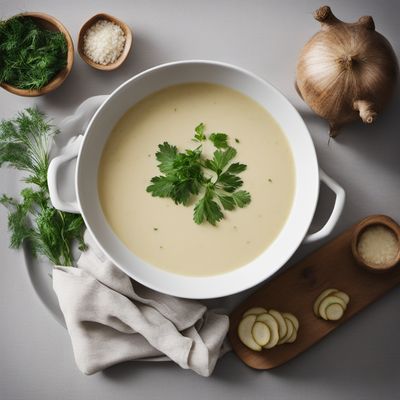
Nordic-inspired Creamy Potato Soup
Nordic Comfort: Creamy Potato Soup with a Twist

Bresaola and Porcini Burger
Italian-inspired Gourmet Burger with Bresaola and Porcini
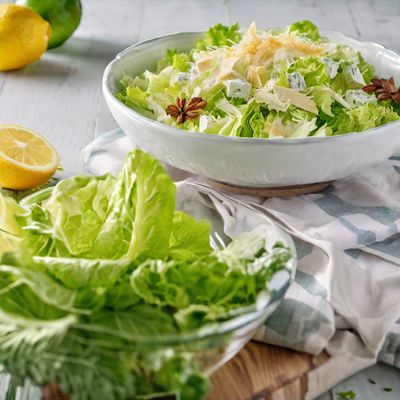
Classic Caesar Salad with a Latvian Twist
Riga Caesar Salad: A Delicious Fusion of American and Latvian Flavors

Croatian-Style Chicken Parmigiana
Dalmatian Delight: Croatian-Style Chicken Parmigiana

Icelandic-inspired Lamb Meatballs with Root Vegetable Stew
Nordic Lamb Delight: Hearty Meatballs in Root Vegetable Stew
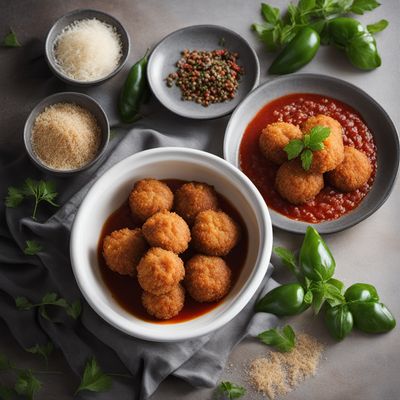
Chifa-inspired Arancini with Ragu Filling
Peruvian-Chinese Fusion: Arancini de Chifa with Savory Ragu Filling
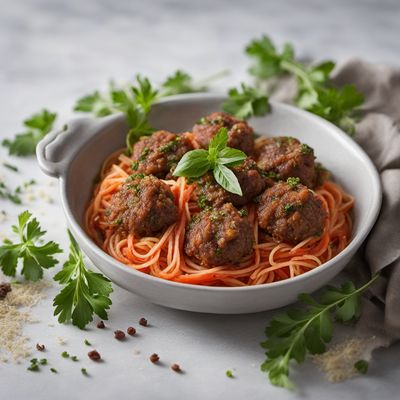
Sciusceddu alla Siciliana
Sicilian Delight: Sciusceddu - A Hearty Italian Soup

Shikampuri Kebab
Savory Melt-in-Your-Mouth Kebabs: Shikampuri Delight

Baba de Camelo with a Twist
Silky Caramel Delight: A Sweet Eastern European Twist on Baba de Camelo
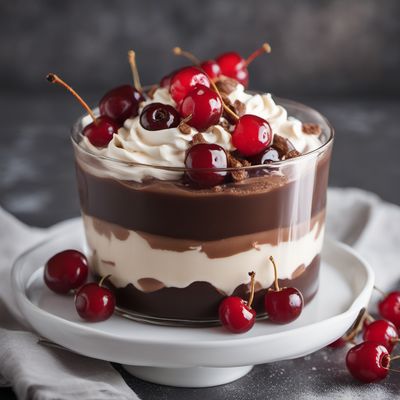
Hot Fudge Delight
Decadent Delight: Hot Fudge Sundae with a Twist

Southern Style Meatballs
Savory Southern Meatballs: A Flavorful Twist on a Classic Dish
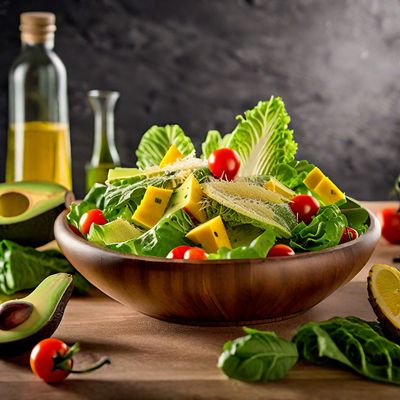
Brazilian Caesar Salad
Tropical Twist Caesar Salad

